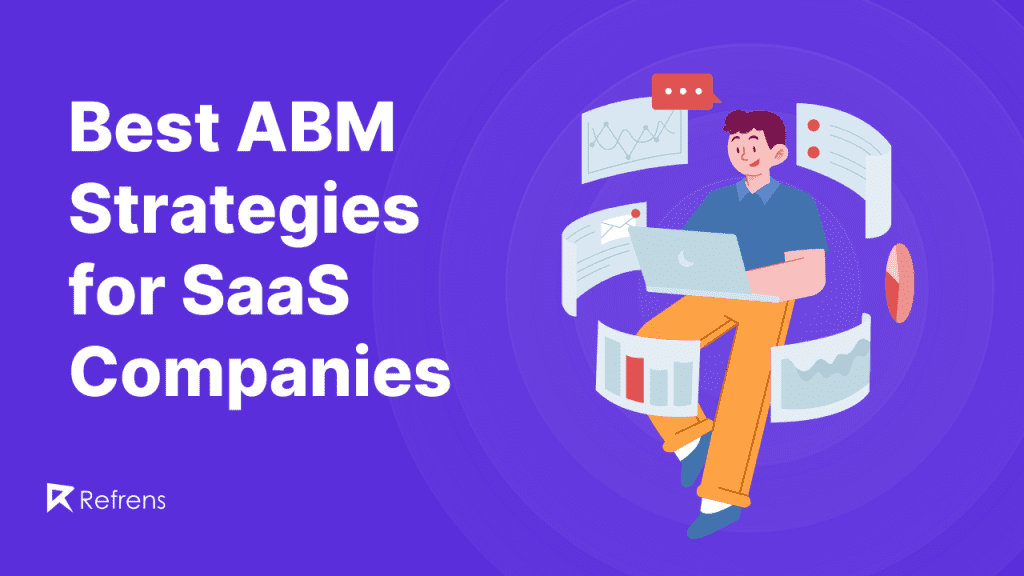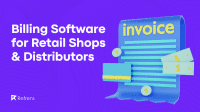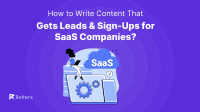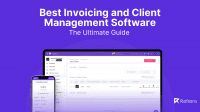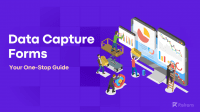The present-day Software-as-a-Service (SaaS) market is vast and competitive, with new players entering thick and fast while the startups make further inroads. For any SaaS business to stand out, distinguishing the brand and tailoring marketing efforts to high-value prospects is not just advantageous—it’s essential. That’s what defines Account-based Marketing (ABM) at its core—94% of B2B marketers use it.
ABM provides a strategic approach that concentrates resources on a set of target accounts within a market. It employs personalized campaigns designed to resonate with each account, making it a powerful strategy for SaaS companies looking to maximize their marketing efficiency and ROI.
This article explores eight critical ABM strategies that SaaS companies can leverage to drive success.
1. Identifying and Selecting Target Accounts
The foundation of any successful ABM strategy is the precise identification and selection of target accounts. This process involves a deep understanding of your market and identifying the accounts that represent the highest value to your business. For SaaS companies, this often means focusing on organizations that stand to gain the most from their software solutions, considering factors such as industry, company size, and revenue potential.
Effective account selection is data-driven, requiring access to accurate and up-to-date information. Tools like LinkedIn Sales Navigator Leads scraper and CRM platforms can provide valuable insights into potential accounts, facilitating a more targeted approach. According to a report by ITSMA, nearly 85% of marketers measuring ROI say that ABM outperforms other marketing investments, indicating the high efficiency of well-targeted ABM efforts.
2. Personalized Content Creation
Once target accounts are identified, creating personalized content that addresses each account’s specific needs, challenges, and opportunities becomes paramount. This personalization extends beyond mere name-dropping in emails; it involves developing content that speaks directly to the account’s unique context and business objectives.
For instance, a SaaS company offering a unified endpoint management (UEM) solution might create case studies that showcase the benefits of their tool in industries similar to those of their target accounts. Or, for a target account struggling with data security, a whitepaper on enhancing data protection with the company’s software could be highly relevant.
No wonder marketers increasingly prioritize content personalization, with 56% tailoring their content to address prospects’ unique challenges and needs. This level of personalization helps demonstrate your company’s understanding of and commitment to solving your prospects’ specific problems.
3. Multi-Channel Engagement Strategies
Engaging target accounts requires a multi-channel approach, leveraging various platforms to communicate your personalized content. This includes email marketing, social media, personalized landing pages, webinars, and even direct mail. The goal is to maintain a consistent and coherent brand message across all channels, tailored to the interests and behaviors of the target accounts.
For example, using LinkedIn for targeted content promotion can be highly effective, given its professional context. SaaS companies can also benefit from using targeted ads on platforms like Google and Facebook to reach decision-makers within their selected accounts. It’s crucial to track engagement across these channels to understand which are most effective and adjust your cross-channel marketing strategy accordingly.
4. Leveraging Technology for Scalability
To implement ABM at scale, leveraging technology is non-negotiable. ABM platforms and tools can automate many aspects of the strategy, from account identification and tracking to content distribution and engagement measurement. These technologies enable SaaS companies to manage multiple accounts efficiently, ensuring every opportunity is noticed.
For instance, tools like Marketo and HubSpot offer features tailored for ABM, including account-based targeting, personalized campaign management, and detailed analytics. Such technologies are indispensable for SaaS companies looking to implement ABM strategies effectively and at scale.
5. Collaborative Sales and Marketing Efforts
The success of ABM relies heavily on the alignment between sales and marketing teams. Both departments must work closely to define target accounts, agree on personalized messaging, and coordinate engagement strategies. This collaboration ensures a unified approach to account management, increasing the chances of converting high-value prospects.
Regular meetings and shared goals help maintain alignment. At the same time, integrated data systems ensure sales and marketing access to the same information, allowing for a seamless exchange of insights and updates on account activity.
6. Tracking and Analyzing Results
To gauge the success of ABM strategies, setting clear Key Performance Indicators (KPIs) and regularly analyzing results is crucial. This involves tracking traditional metrics like click-through rates and conversion rates and more specific ABM metrics such as account engagement level and influence on pipeline and revenue.
Analytics tools play a vital role in this process, providing insights that can help refine and improve ABM strategies over time. For example, a decrease in engagement from a previously active account might indicate the need for a messaging or channel strategy shift. That’s why 69% of organizations implementing ABM rely on a dedicated leader to guide their ABM strategy.
7. Incorporating iOS into ABM Strategies
For SaaS companies offering solutions on multiple platforms, including iOS, it’s crucial to consider how your product’s features and benefits on these platforms can be highlighted in your ABM efforts. For example, suppose your software offers unique advantages when used on iOS devices, such as enhanced security features or better integration with other iOS apps. In that case, these aspects should be prominently featured in your personalized content and engagement strategies for accounts that use Apple products heavily.
8. Continuous Optimization and Iteration
The final piece of the ABM puzzle is the continuous optimization of your strategies based on performance analysis. ABM is not a set-it-and-forget-it strategy; it requires ongoing adjustment and refinement to respond to changing account needs and market dynamics.
This iterative process might involve testing different content types, experimenting with new channels, or refining your target account list based on performance data. The key is to remain agile and responsive, using data-driven insights to steer your ABM efforts toward tremendous success.
Wrapping Up
Implementing effective ABM strategies can significantly impact the growth and success of SaaS companies. As ABM continues to evolve, staying abreast of the latest trends and technologies will be crucial for maintaining a competitive edge. However, the core principles of ABM—focus, personalization, and collaboration—will remain central to its success.
By adopting the eight strategies listed in this article, SaaS companies can enhance their marketing effectiveness and forge deeper connections with their most important prospects, paving the way for sustained growth and profitability.
